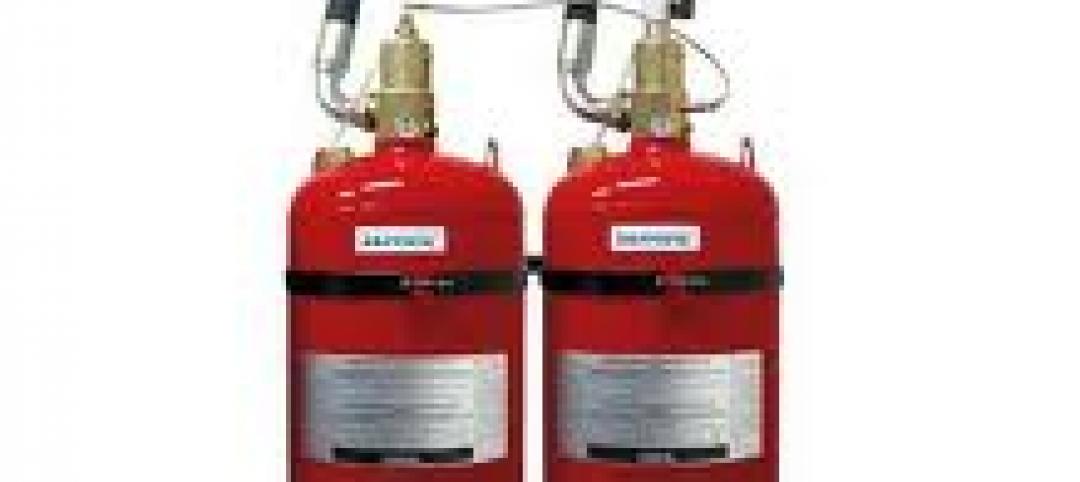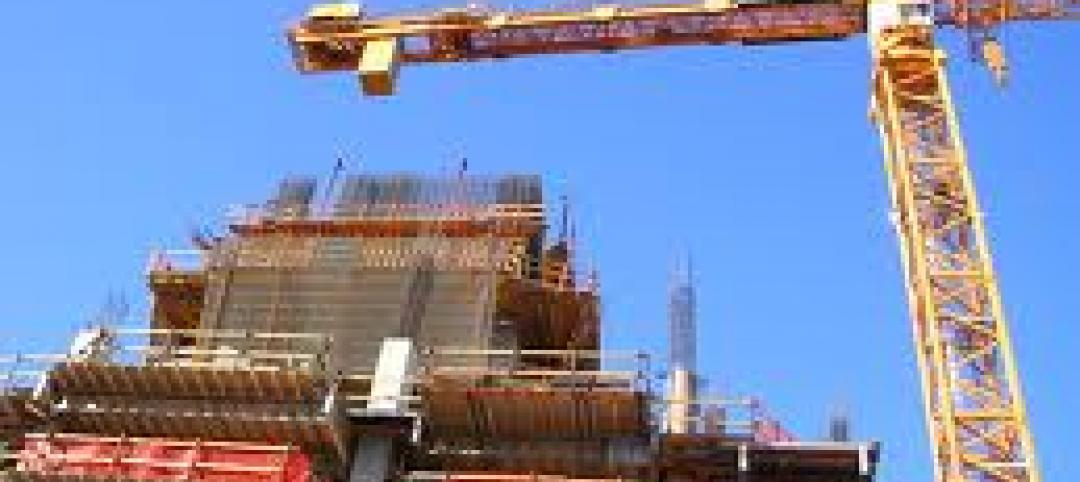Cities and regions can generate profound lasting benefits through investment in downtowns and center cities, according to The Value of U.S. Downtowns and Center Cities: Second Edition report by the International Downtown Association (IDA).
While often small in physical size, downtowns pack a punch. “From driving tax revenue and business activity to spurring smart development and innovative workplaces, downtowns play a pivotal role in the long-term health of a region,” according to a news release from IDA and Stantec, the association’s partner on the report.
The report updates The Value of U.S. Downtowns and Center Cities study released a year ago, with data and analysis that expands the scope to 24 downtowns with urban place management organizations across the United States. Downtown populations continue to grow and their economic prosperity increases as they mature.
Trends identified in this year’s report include:
· Tax revenue increases as downtowns move from emerging to established. Property tax revenue in emerging downtowns averages 11% of citywide property tax revenues, but increases to 32% in established downtowns.
· Downtown population growth far outpaces citywide growth, and it accelerates as downtowns move toward the established tier. Between 2010 and 2016, population grew by 29% in established downtowns, 37% in growing downtowns and 14% in emerging downtowns.
· As downtowns grow more robust, the income of their residents rises relative to the rest of the city. Established downtowns outperformed their cities, with median income at 110% of the citywide figure. This pattern underscores the importance of developing policies and mechanisms for keeping downtown housing accessible to all income levels.
· Downtowns become more concentrated employment centers as their stage of development progresses. Established downtowns have 52% of citywide jobs.
· Downtowns are multimodal hubs that rely less on cars than their cities. Established downtowns have nearly perfect Walk and Transit Scores (96 and 98 respectively).
The report can be downloaded at:
Related Stories
| May 10, 2012
Resilience should be considered a sustainability factor
Since a sustainable building is one you don't have to rebuild, some building sustainability experts believe adding points for "resilience" to storms and earthquakes to the LEED sustainability rating tool makes sense.
| May 10, 2012
University of Michigan research project pushes envelope on green design
A research project underway at the University of Michigan will test the potential of intelligent building envelopes that are capable of monitoring weather, daylight, and occupant use to manage heating, cooling, and lighting.
| May 10, 2012
Fire suppression agents go greener
Environmental sensitivity is helping to drive adoption of new fire suppression agents.
| May 10, 2012
Industry groups urge Congress to leave contracting decisions to agencies
An organization of several industry groups urged Congress to leave many contracting decisions to the discretion of individual agencies by avoiding blanket mandates.
| May 10, 2012
OSHA proposes new rule to have employers find and fix hazards
The Occupational Safety and Health Administration has proposed a new regulation, Injury and Illness Prevention Program, or I2P2, which would compel employers to find and fix safety hazards.
| May 3, 2012
Stay current on green codes at AGC Environmental Conference
Keep abreast of market trends such as 2012 changes to green standards and codes at the AGC Contractors Environmental Conference, June 7-8, 2012 in Arlington, Va.
| May 3, 2012
OSHA reduces fines in Cincinnati casino collapse
The Occupational Safety and Health Administration has reduced the number of violations from four to two against four firms it cited earlier this month in the collapse of a casino under construction in Cincinnati.
| May 3, 2012
New York City implements controversial crane licensing requirements
New York City officials announced strict new licensing and testing requirements for all crane operators in New York City to raise safety standards.
| May 3, 2012
Green-roof requirement now includes industrial facilities in Toronto
A mandate that requires installation of green roofs on new commercial and residential buildings in Toronto has been expanded to include industrial facilities.
















